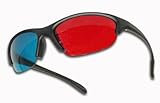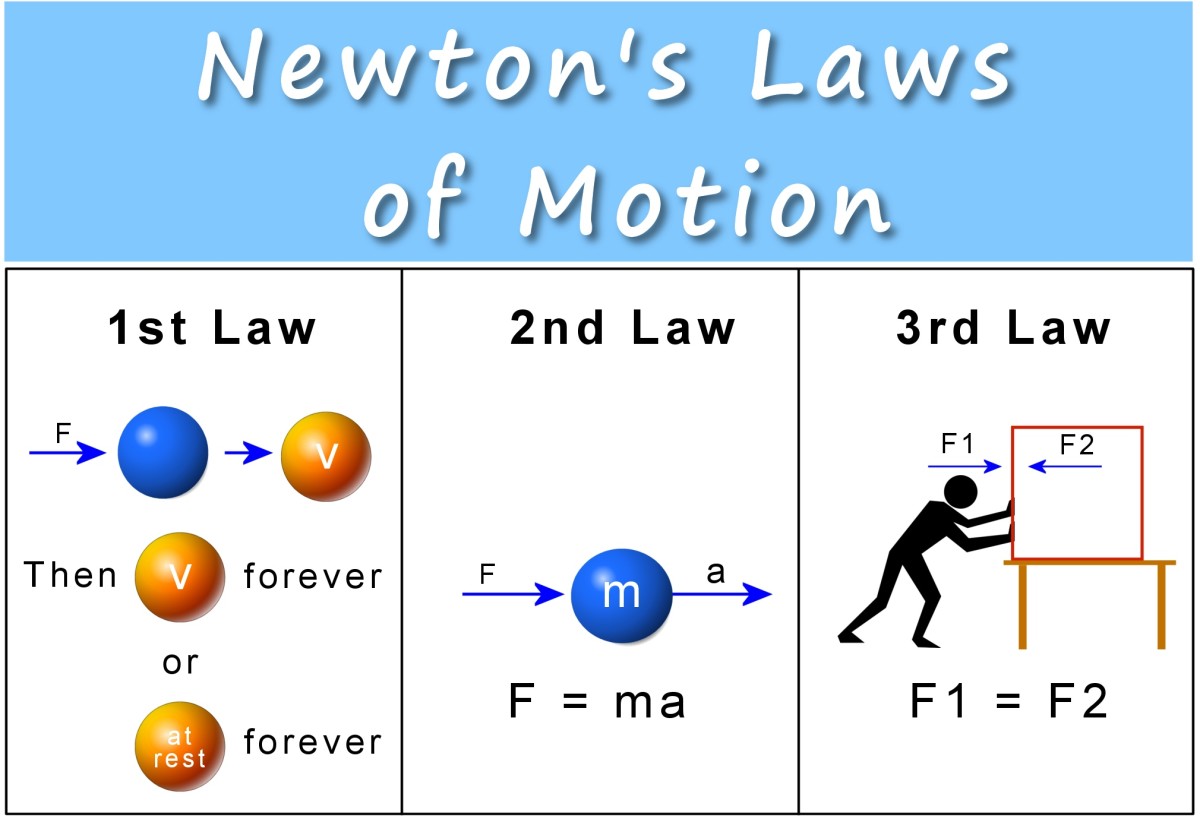3D Technology

In our day today life 3D pictures are not any thing to be surprised.By nature we are gifted the ability to capture 3D images with our naked eyes.Every thing in this world, we can see its 3 dimensions.As a example if you want to touch your computer display your can touch it in next second with out any problem.This example tells you a important fact.Every naked eyes can decide the depth of the pictures captured by them( with the help of brain).But you cannot decided the depth of objects on the TV or computer screens as keenly as naked eyes.What is the secret behind ? We are going to reveal it...
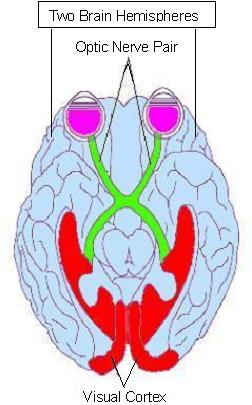
Day today case
We have two eyes by the nature.The approximate distance between our two eyes are equal to 1.5 inches.So we our two eyes get slide different pictures although we feel that those pictures are same at all.Then our two eyes has those different pictures and eyes send those pictures to our brain.Now the brain has two slide different pictures of the same object.Our brain tries to coincide those two pictures.But brain is unable to do that job exactly as the images are not same at all.This situation creates the 3D visuals inside our brain.This the the process in simply description.
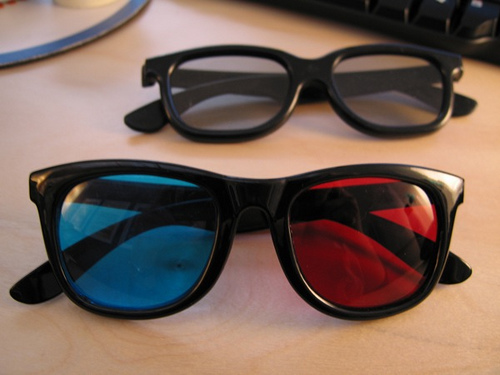
How 3D technology works
Although we cant generate 3D pictures form TV or computer screens the modern technology has nice solution to that problem.By using specif glasses we can pruduce 3D pictures.Those glasses are called '3D glasses'.There are 2 major methods in 3D technology.
- Red-Cyan method
- Polar method
Also, the other important thing is processing pictures for 3D viewing.
Red cyan method
This the very first method of producing 3D pictures using glasses in the world.The first red-cyan glass made in 1920.This is very easy method to apply and simple science to understand.A glass with red and blue or red and green lenses used in this method.There is a small but important thing to remember.The red glass's left lens must be in red color and the right lens must be in blue color.Otherwise it will not work.
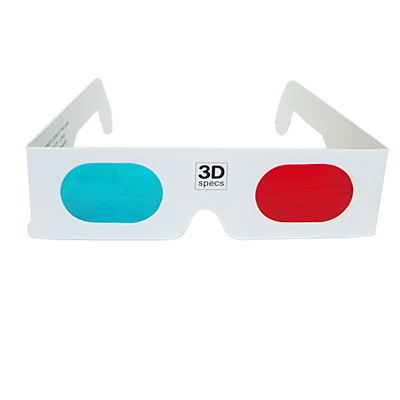
Polar method
This is the widely used and the latest method.In this technology,polarization in the light is used.This is a complex technology comparing red-cyan method
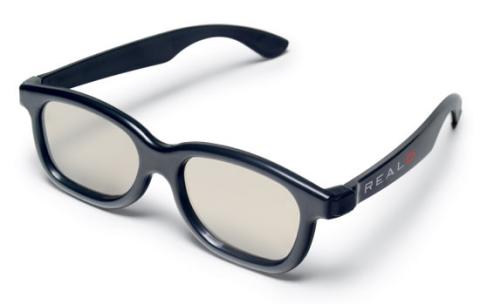
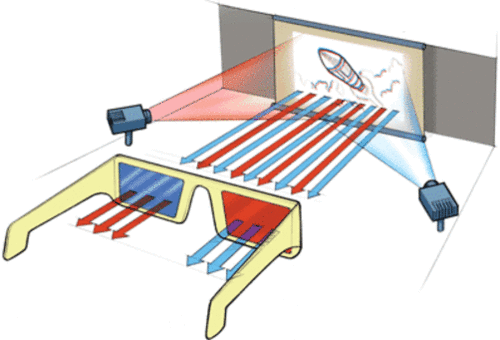
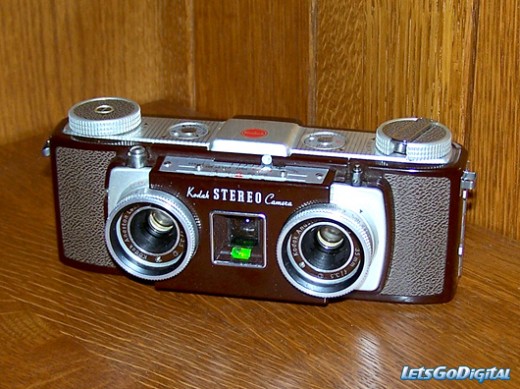
How to process pictures...
Here we use two separate cameras for file the picture instead of one camera.Those camera lenses should be places as there is 1.5 inches gap between them.Then we capture two photos of the same object in the same time.We get the normal pictures and filter one of it in blue color.That means we remove blue color form the picture.Then we get the other picture and filter it in red color.Here we remove red color form the picture.Now we have two pictures and we put two pictures in a same picture.(Not coinciding).This is done using two projectors.Above picture processing method is bit hard and complex.The are more images,pictures,films on internet to download.Here are some of pre processed pictures


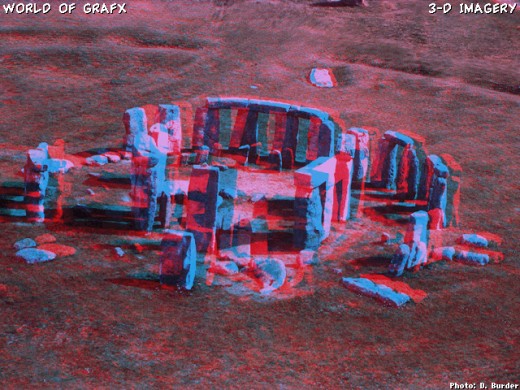
3D cameras
Science behind.....
The science behind red-cyan method is awesome.Here we cheat our brain in strategical way.In red cyan method we use red and blue(green) lenses.When we are wearing those glasses the red lens doesn't allow red ray and blue lens doesn't allow blue rays.Also we have two pictures on our screen.So our one eye takes one picture and next eye takes another picture which is slide different form the fist picture.So again we are on the natural case.Now both eyes have slide different pictures of the same object and now eyes can give those two pictures to brain and so on....(First part of the hub we discussed it).


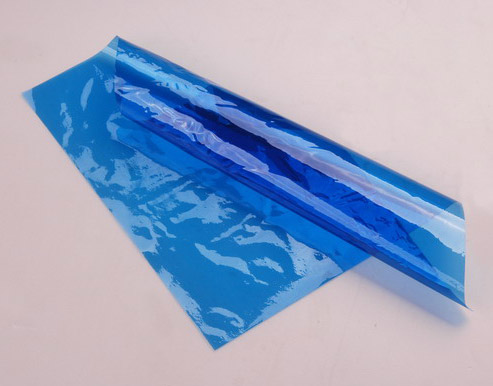

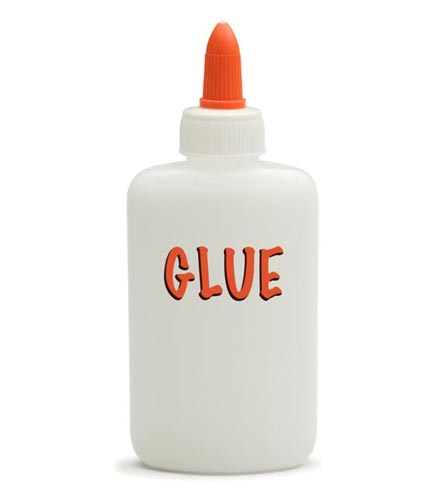
How to create 3D glass at home
It is extremely easy and cheap.These are the materials.
- Piece of cardboard
- Red color cellophane paper
- Blue color cellophane paper
- Pair of scissors
- Glue
Proceedure
First we cut the a wearing glass shape from the cardboard using pair of scissors.Then cut a piece of red cellophane paper and blue paper for two lenses.Stick red piece of paper on the right side lens and blue one on the right side lens.Keep the glass about 30 minutes to fix.Now you are ready to watch 3D films
Related links
- Player
- 3D movies


